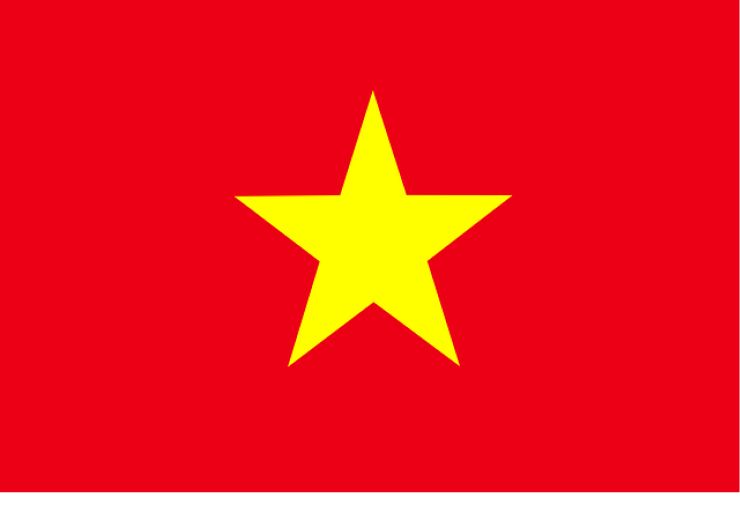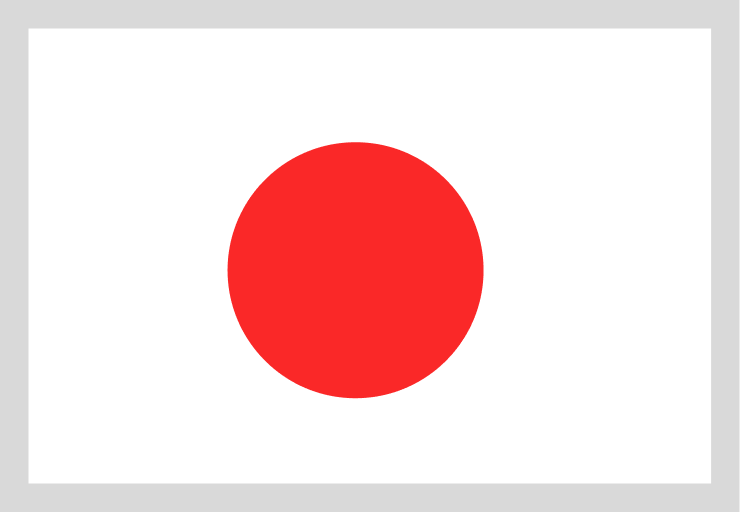Project management isn’t a one-size-fits-all process, and many companies face the challenge of choosing the right methodology. Among the various options, the Waterfall Methodology has stood out as a tried-and-true approach. For projects that demand structure, clear timelines, and well-defined deliverables, Waterfall often emerges as the ideal choice. Let’s explore why Waterfall remains a popular choice, especially in software development, and how it helps teams bring order to chaos with its straightforward, step-by-step approach.
What is waterfall methodology?
Waterfall Methodology is a project management approach that follows a sequential, linear process. Each project phase must be completed before the next one can begin, and there is little overlap between phases. This methodology is ideal for projects with clear goals that won’t change during development.
The definition of the Water Methodology
Created for industries like manufacturing and construction, where careful planning is essential, Waterfall has become popular in software development and other fields that need strict control. Unlike more flexible methods like Agile, Waterfall doesn’t allow teams to skip ahead or make changes once a phase is done. Each step, from gathering requirements to testing, must be completed fully before moving forward.
While this lack of flexibility might seem like a downside in fast-paced projects, it works well for situations where changes could cause delays. One challenge with Waterfall is that once you move to the next phase, it’s hard to go back and fix problems without disrupting the entire project timeline. That’s why planning and accuracy at the start are so important
You may interested in: Top 5 software development methodologies: Which is the best?
The waterfall methodology lifecycle model
The waterfall lifecycle model breaks down the project into a series of distinct phases. This structured process ensures that each stage is fully completed before moving forward, making tracking progress and managing resources easier. There are six phrases:
Requirement Gathering: All project requirements are documented to ensure a full understanding before work begins.
System Design: Based on the requirements, technical details, and architecture are developed to guide the development phase.
Implementation: The development team builds the product according to the design specifications.
Testing: The product is thoroughly tested to identify and fix any bugs or issues.
Deployment: Once testing is complete, the functional product is delivered to the client or customer.
Maintenance: After deployment, the project enters maintenance, where any post-launch issues are addressed, and updates are made as needed.
Benefits of Waterfall methodology
Fewer Changes, Lower Costs: By finalizing the design early, teams face fewer changes down the line. This helps control costs and keeps the project on budget, as less time and money are spent on revisions.
Clear End Goal: Waterfall ensures that the project’s goals are well-defined from the start. With a clear target in mind, everyone involved knows exactly what needs to be done, reducing misunderstandings and confusion.
Organized Workflow: Waterfall provides a detailed roadmap, helping the team stay on track. With each step planned out, team members can easily follow the schedule and know what’s expected of them at every stage.
Easy Progress Tracking: The step-by-step nature of Waterfall allows managers to easily track progress. Since one phase must be completed before moving to the next, it's easy to see how the project is progressing and catch any delays early.
When Should Use Waterfall Methodology?
While Agile is often heralded for its flexibility, there are many scenarios where Waterfall is the more effective choice. Here are some situations where Waterfall is the ideal approach:
Projects with clear, stable requirements stay on track with Waterfall’s structured process
Projects with strict deadlines benefit from Waterfall’s linear approach, ensuring timely completion.
Large, intricate projects thrive under Waterfall’s thorough, step-by-step execution, leaving no detail overlooked.
Projects that require detailed documentation to meet regulatory standards.
The technology is well-understood and stable, offering a predictable and reliable development process.
Projects with minimal risk or short timelines align well with Waterfall, providing clarity and control throughout.
Why Waterfall methodology is the ideal solution for effective project management
Waterfall Methodology is a great choice for effective project management due to its structured, step-by-step approach that ensures clarity and control. It’s especially useful for projects where mid-development changes are costly or disruptive.
Clarity and Focus: Waterfall provides a clear plan for each phase, helping the team stay organized and reducing the risk of confusion or mistakes.
Reduced Risk: By locking in requirements upfront, Waterfall minimizes unexpected changes and costly revisions later in the process.
Team Accountability: Clear start and end points for each phase make it easier to hold team members accountable for their tasks and deadlines.
Client Confidence: Clients appreciate Waterfall’s structured process, as it provides predictable outcomes, clear timelines, and detailed documentation.
Conclusion
In conclusion, the Waterfall Methodology is an effective approach for projects with clear goals and timelines. Its structured process ensures teams stay organized, meet deadlines, and achieve consistent results, making it a reliable choice for industries where precision and control are essential.
















